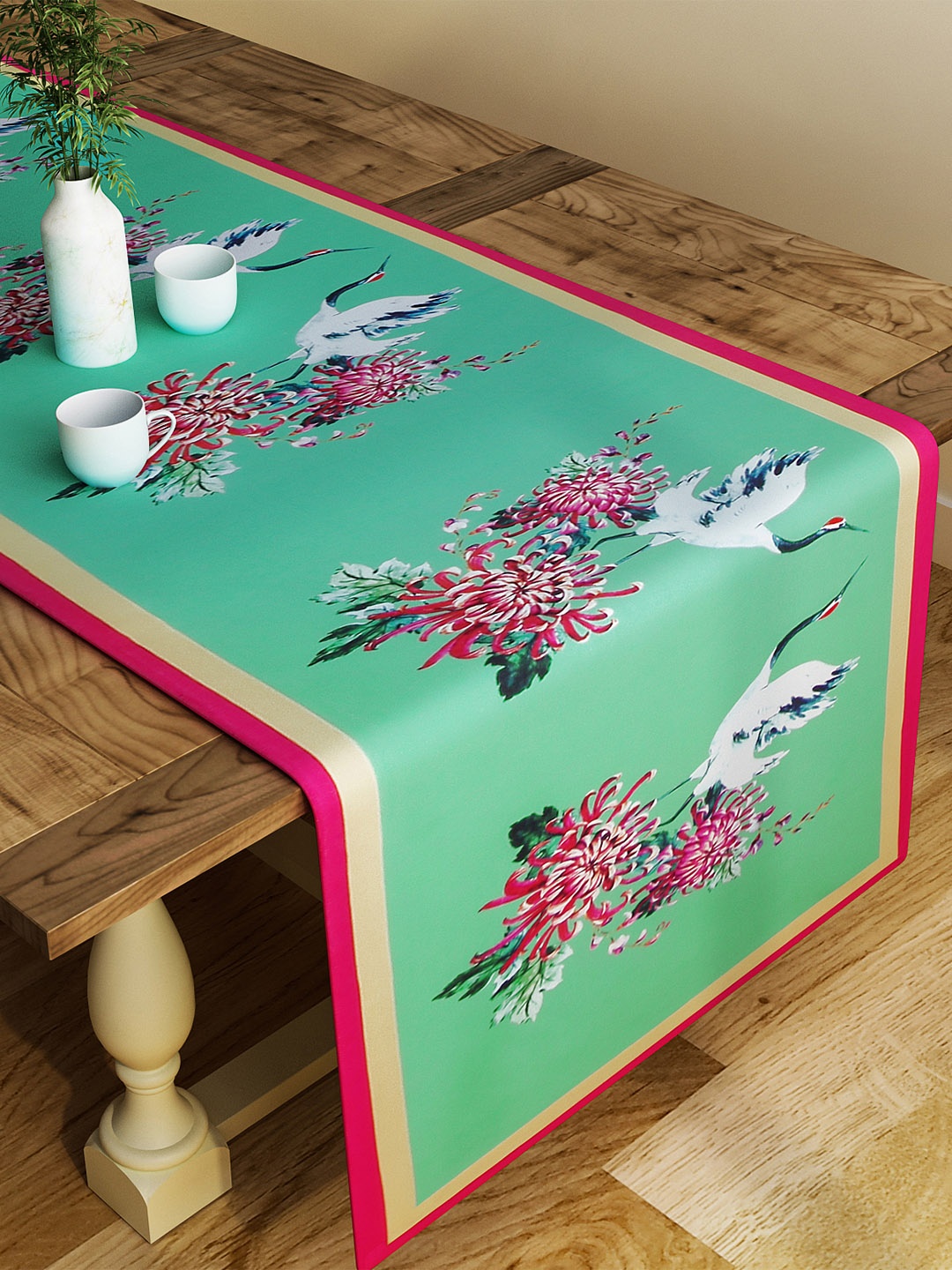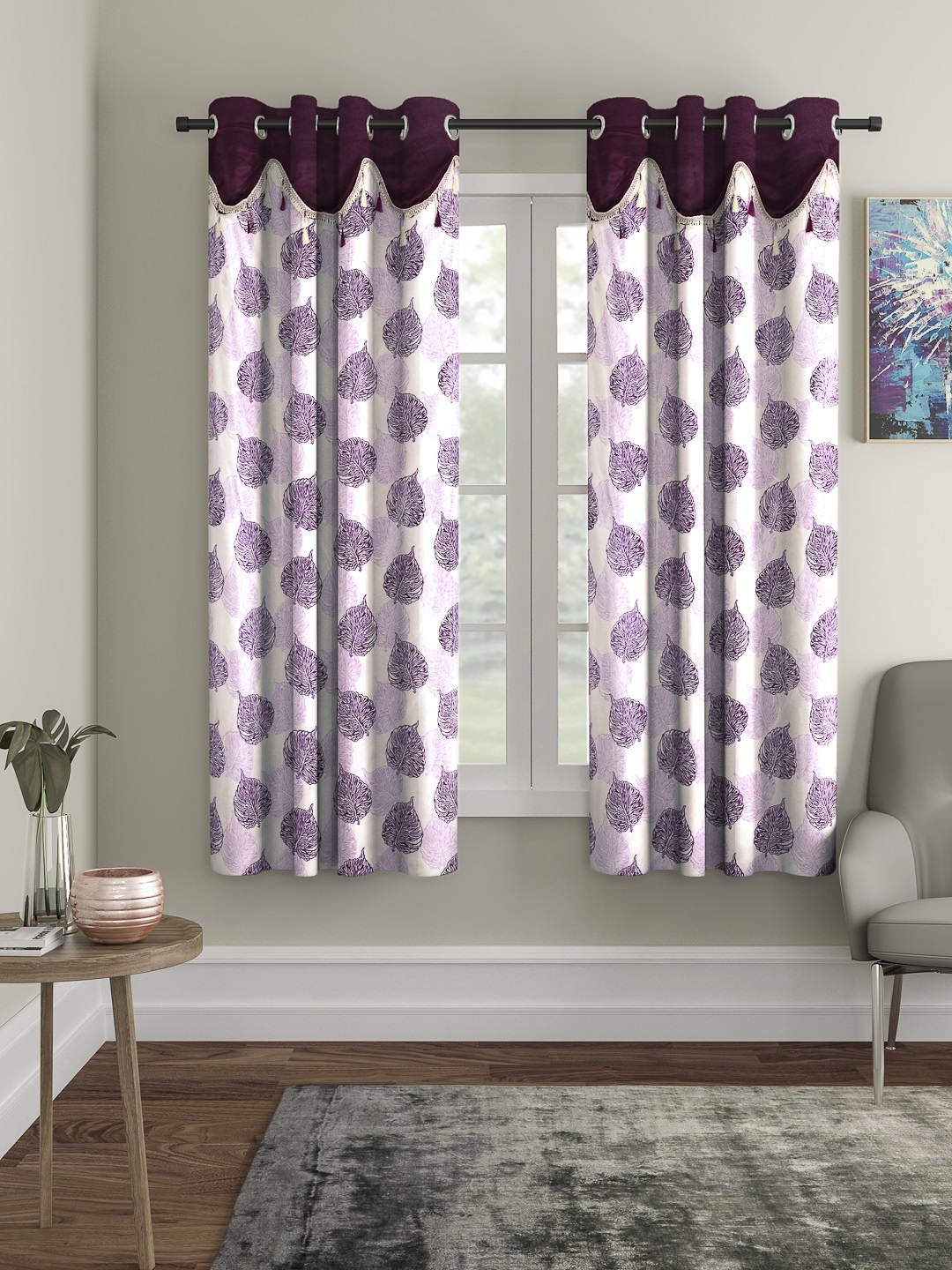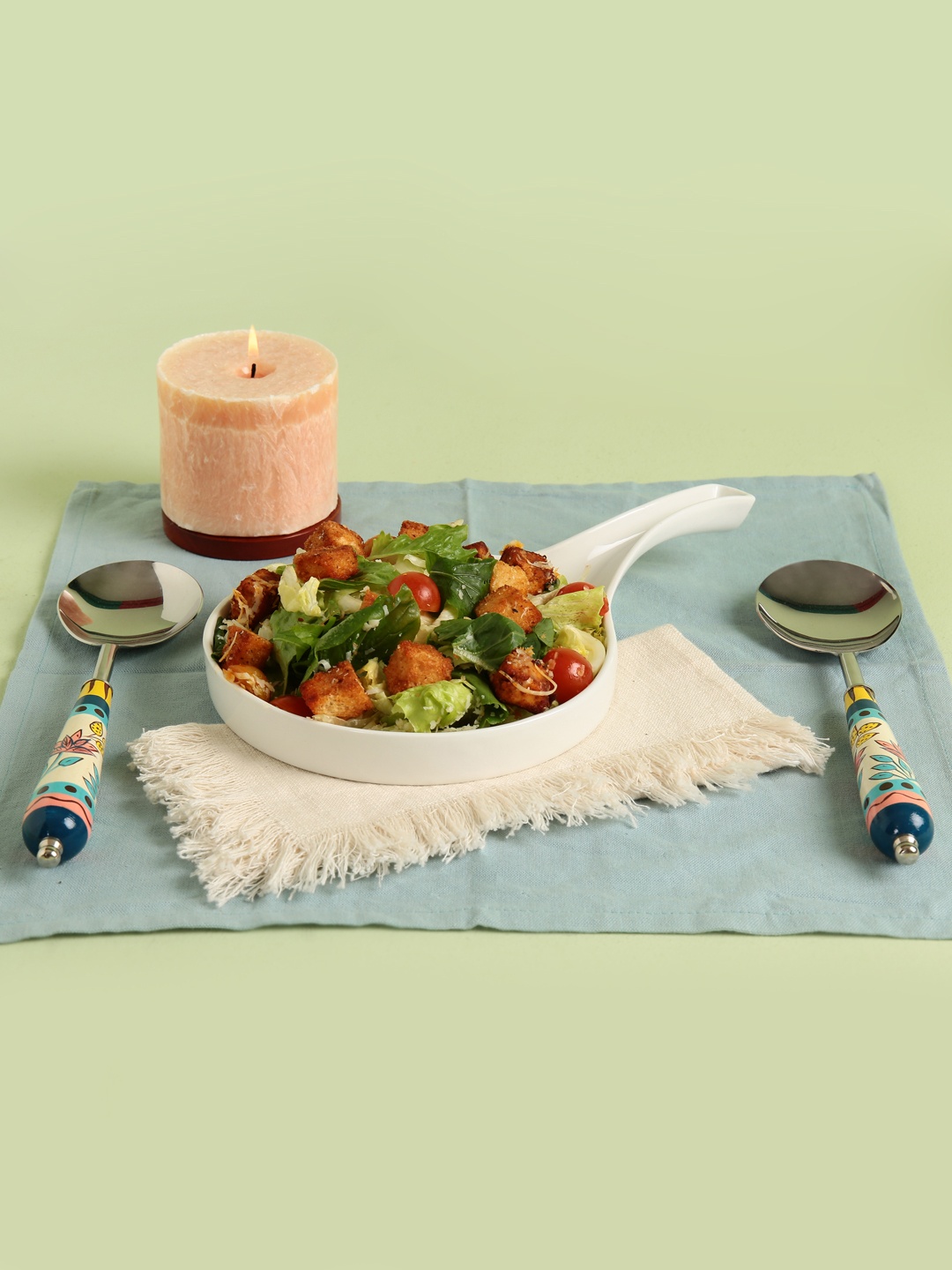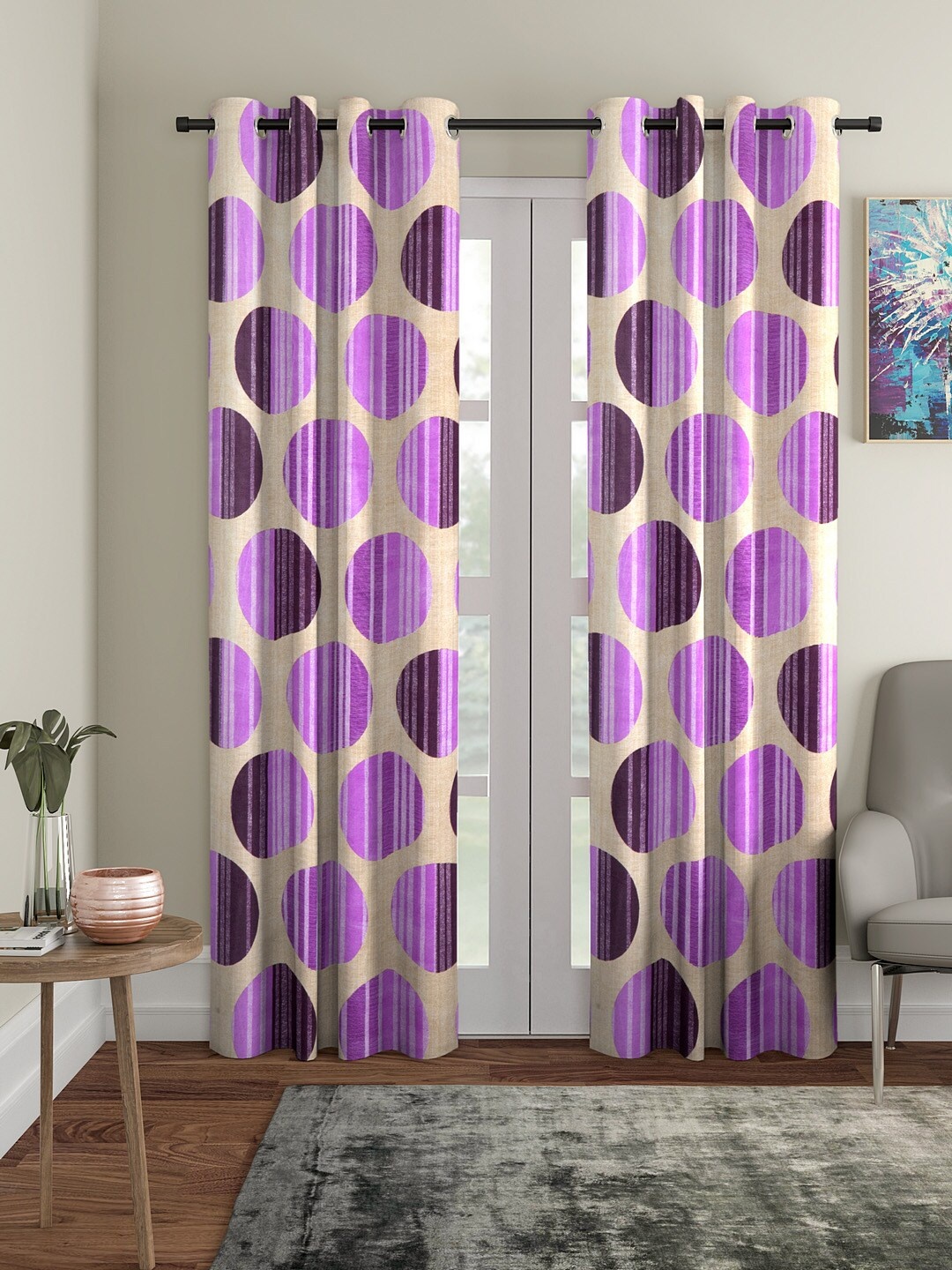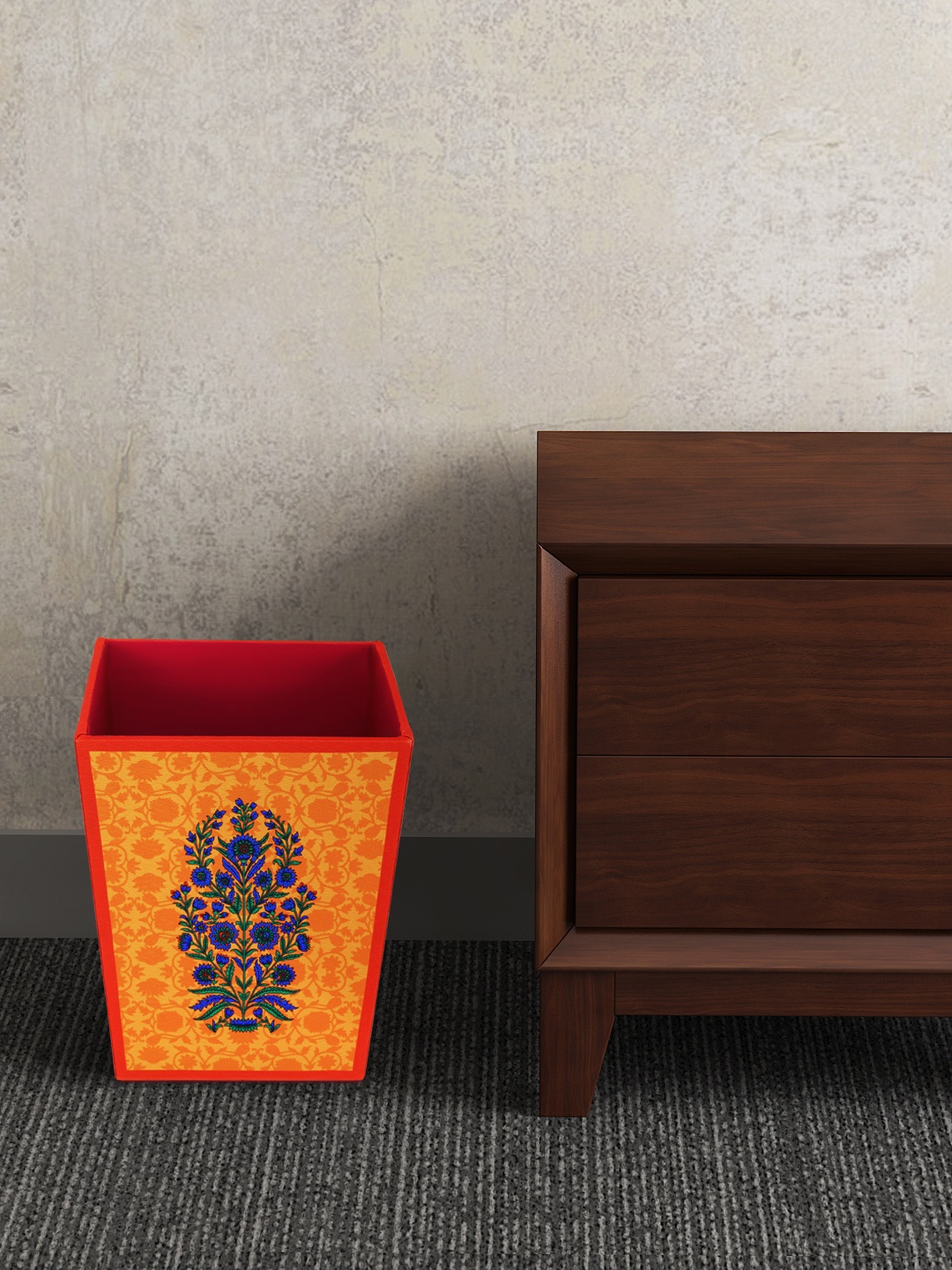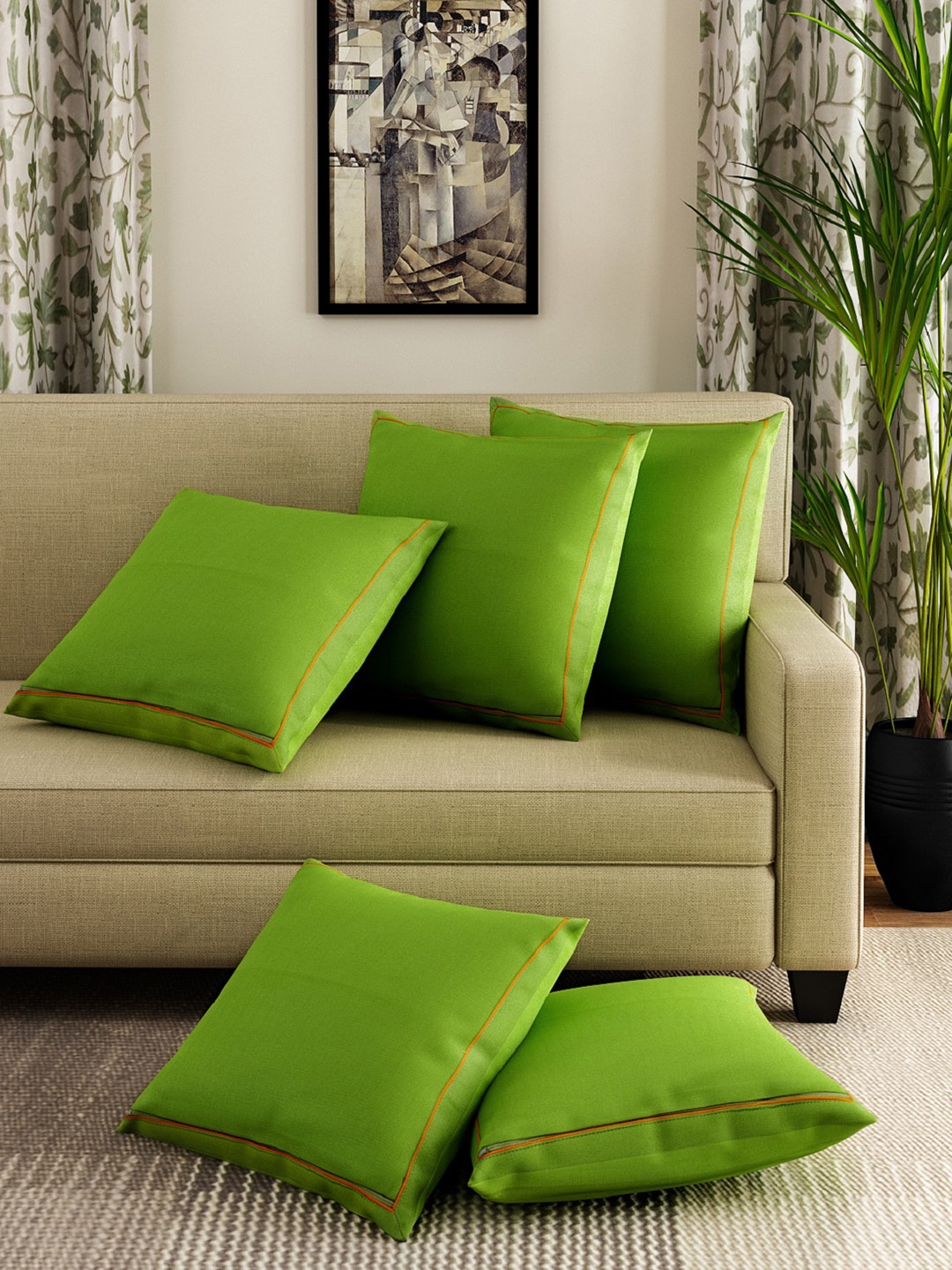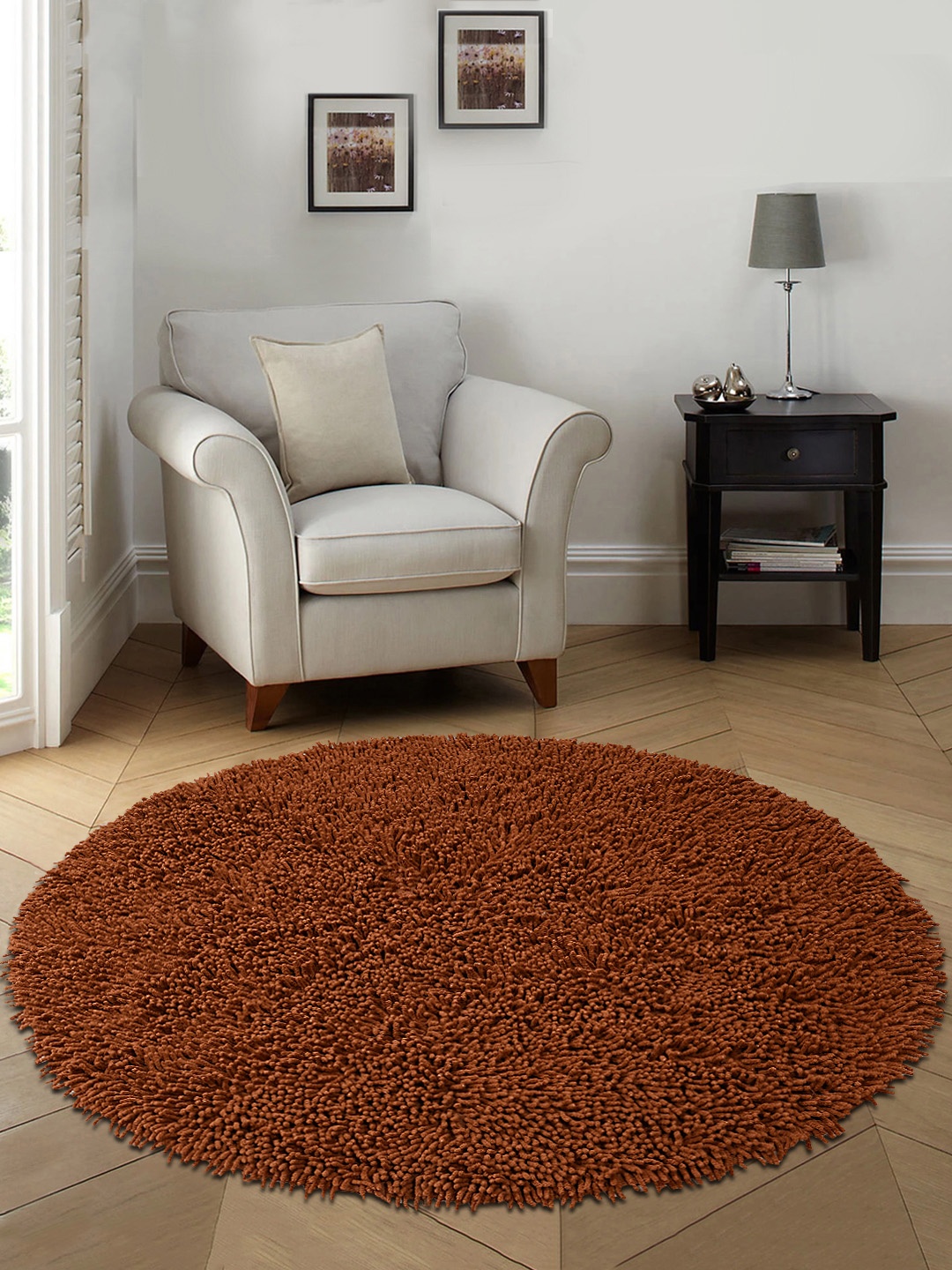How To Choose Heat-Blocking Curtains Without Darkening The Room
Curtains do more than frame a window, they shape the mood of a room, protect from scorching heat and even keep electricity bills in check. Here's a breakdown of how to chooseheat-blocking curtains without darkening the room.

Get the best heat-blocking curtains for your home with these 10 easy tips.
Every summer, households brace themselves for the battle against relentless heat. Ceiling fans whirl tirelessly, coolers splash out with mixed results, and air-conditioners eat into electricity bills faster than mangoes disappear in May. Amidst this, a surprisingly underrated ally in the fight against heat is the humble curtain.
The challenge? Curtains that block heat often double up as blackout panels, leaving rooms dark and dull in the middle of the day. And let's face it, nobody enjoys sipping their afternoon chai in what feels like a dim cinema hall. The good news is that it's possible to find curtains that shield against heat while still letting in a cheerful dose of daylight.
Here's a breakdown of how to choose heat-blocking curtains without darkening the room. These curtains will keep homes cool without losing brightness, colour, or charm.

Here's how to choose the best heat-blocking curtains for your home; Photo Credit: Pexels
1. Understand the Fabric Before Anything Else
Fabric is the heartbeat of curtains. Thicker options like velvet or heavy polyester can block heat effectively, but they also block out natural light. On the other hand, sheer fabrics allow too much sun to barge in, turning the room into an oven by noon. The sweet spot lies in fabrics like cotton blends, linen with thermal lining, or polyester weaves designed for insulation.
Think of fabric like a filter for chai, too thin and you're left with bits floating about, too thick and it takes ages to strain. A medium-weight fabric lined with heat-reflective material works beautifully. It lets light filter through softly while keeping harsh rays at bay. Modern fabrics now come with coatings that reflect UV rays without looking bulky.
When shopping, run your hand across the curtain material. If it feels airy but still sturdy, you're on the right track. Avoid fabrics that feel plasticky, they often trap heat instead of repelling it.
2. Don't Ignore the Lining, It's the Silent Hero
A curtain's lining is like the secret masala in a family recipe, often overlooked, but crucial to the final result. Many people skip lined curtains, assuming they'll make the room too dark. But smartly chosen linings can do the opposite.
Look for thermal or energy-efficient linings. These are typically lighter in colour and specially woven to bounce heat back. Unlike blackout linings, they don't plunge the room into darkness. Imagine a mirror reflecting away the glare while still letting a gentle glow seep through. That's exactly what these linings do.
The best part? Linings can be added separately to existing curtains. So, if there's already a set of lovely drapes at home, a tailor can stitch in a thermal lining without changing the overall look. It's an investment that pays off, not just in comfort but also in reduced electricity bills, as the AC doesn't have to work overtime.
3. Colour Matters More Than You Think
Colours don't just lift moods; they also control how much heat seeps indoors. Darker colours like navy blue or maroon absorb sunlight and trap warmth, making rooms hotter. Lighter shades, cream, beige, pastel green, soft yellow, work like cooling agents, reflecting sunlight instead of absorbing it.
Here's a small experiment worth trying: place a black shirt and a white shirt under the sun for ten minutes. The black one heats up faster. Curtains behave the same way. Choosing lighter tones doesn't mean compromising on style. Bright florals, subtle patterns, or textured neutrals can all keep a room cheerful.
For rooms that get direct afternoon sunlight, stick to pale colours. In spaces that receive softer morning light, slightly deeper shades can work without much heat absorption. Balance is key, and lighter shades often make small rooms look bigger and breezier.

Go for light coloured curtains that don't trap as much heat as dark curtains; Photo Credit: Pexels
4. Weave Density is Just as Important
Curtains aren't just about fabric type, the density of the weave plays a huge role. A loosely woven cloth will allow heat and glare to pass through, while a tight weave can block sunlight effectively. The trick is to find a weave that's dense enough to shield but not so heavy that it kills daylight.
For example, a tightly woven cotton curtain can block significant heat yet still allow light diffusion, creating a warm glow rather than a harsh beam. Many modern brands now highlight GSM (grams per square metre) on their tags, a measure of fabric density. The higher the GSM, the denser the fabric. For heat-blocking without darkening, look for mid-range GSM values, neither flimsy nor suffocating.
Think of it like mosquito nets. A net that's too wide won't keep mosquitoes out, and one that's too tight will block airflow. Curtains work on the same principle.
5. Consider Double Layering for Flexibility
Why settle for one curtain when two can do the job better? Double-layering combines the elegance of sheer curtains with the functionality of heat-blocking drapes. Sheers let in filtered daylight, while the outer thermal curtain can be drawn when the sun is at its harshest.
This set-up gives flexibility. Mornings can be filled with natural sunlight streaming through sheers, while afternoons can be protected with the outer curtain. Evenings, once the heat eases, can see the outer layer pushed aside again. It's like having two outfits in one, formal and casual, ready to switch depending on mood and weather.
Practical tip: choose neutral sheers and pair them with patterned or coloured outer curtains. Not only does this balance brightness and protection, it also adds a touch of style to interiors. For those renting flats, double-layering is particularly useful, since it adapts easily without altering walls or windows permanently.
Also Read: 10 Reasons Why Window Curtains Matter More Than You Think in Home Decor
6. Don't Forget Curtain Length and Coverage
Curtains that leave gaps at the top, sides, or bottom are like umbrellas with holes, decorative but useless. To block heat effectively, curtains should extend a little beyond the window frame on all sides. Ideally, they should be floor-length and mounted closer to the ceiling rather than just above the window.
Why? Because heat sneaks in from the tiniest spaces. Proper coverage ensures sunlight doesn't stream through gaps and undo all the effort. Floor-length curtains also create an illusion of taller walls, making rooms look more spacious.
For windows facing the harsh afternoon sun, consider wider rods and extra fabric so that when the curtains are drawn, they overlap slightly in the centre. It's a small detail, but it makes a noticeable difference in keeping the room cooler.

For windows facing the sun, consider wider rods and extra fabric: Photo Credit: Pexels
7. Experiment with Reflective or Specialised Fabrics
Technology has brought in smart fabrics designed specifically for heat management. Reflective curtains, for instance, have a subtle metallic sheen on the back that reflects heat while keeping the front stylish. These don't darken the room, they simply bounce the rays back where they came from.
There are also curtains made with phase-change materials that adjust depending on the temperature. They absorb excess heat during the day and release it slowly when it cools down at night. Though slightly more expensive (starting from around ₹2,500 per window), they're a long-term investment, especially for homes in regions with scorching summers.
For those who like experimenting, try solar shades. These look like mesh blinds and block up to 90% of UV rays while still letting in enough daylight to brighten the room. They pair well with light curtains for a chic, modern vibe.
8. Pair Curtains with Blinds for Extra Efficiency
Curtains alone can do a lot, but pairing them with blinds creates a powerful combination. Bamboo blinds, for example, add a natural touch and filter sunlight beautifully, while fabric curtains behind them take care of heat insulation. Roller blinds with reflective backing also work wonders when teamed with light curtains.
This duo approach means adjusting light and heat becomes easier. On days when brightness is needed without much heat, blinds can stay down with curtains open. When the sun gets harsh, curtains can be drawn to double the protection.
It's like having a ceiling fan and a cooler running together, each complements the other for better results. While the cost may be slightly higher upfront, the savings on electricity and the comfort indoors often balance it out over time.
9. Pay Attention to Accessories and Hardware
It may sound surprising, but curtain rods, hooks, and even how curtains are pleated can affect their efficiency. A rod placed too low leaves gaps for heat to sneak in, while a rod placed closer to the ceiling seals off sunlight better. Similarly, pleated curtains often fold neatly, but if the pleats are too deep, they may let light pass through slits.
Opt for curtain rods with end caps that hug the wall closely, reducing side gaps. Magnetic strips or Velcro along the sides can also hold curtains tightly in place during peak heat hours. Even curtain tiebacks matter, during mornings or evenings, tying back the heat-blocking layer stylishly while letting sheers do their job can create a cosy, sunlit atmosphere.
Attention to these small details makes the difference between a curtain that looks pretty and one that works hard.

Opt for curtain rods with end caps that hug the wall closely; Photo Credit: Unsplash
10. Balance Budget and Long-Term Savings
It's tempting to buy the cheapest option, especially when basic curtains are available for ₹700–₹800 a pair. But remember, heat-blocking curtains are not just décor, they're functional investments. Spending a little more upfront on thermal linings or reflective fabrics can save thousands of rupees every summer by reducing air-conditioning costs.
Think of it as buying a quality pressure cooker. A cheap one might whistle and rattle endlessly, but a sturdier version lasts years without fuss. The same logic applies here. While premium heat-blocking curtains might cost ₹2,000–₹3,500 per pair, they can pay back in a single season by cutting electricity bills and creating a cooler, more pleasant home.
Budgeting smartly also means prioritising windows that get the harshest sunlight. Start with those before expanding to the rest of the house. This way, comfort is achieved step by step without straining the wallet.
Products Related To This Article
1. IVAZA Premium Velvet Burnout Pattern 70% Blackout Opaque Curtains
2. Cortina 80-90% Blackout Door Curtains 7 Feet Set of 2
3. LINENWALAS 100% True Blackout Curtains
4. Story@Home Blackout Door Curtains 7 Feet Long Set of 2
5. HOMEMONDE Solid Blackout Curtains 6 Feet Long Set of 2
Curtains are far more than bits of fabric draped over windows. They are guardians against heat, mood-setters for interiors, and subtle savers of money. The secret to blocking heat without darkening the room lies in smart choices, right fabrics, thoughtful linings, light colours, proper coverage, and sometimes, a touch of modern technology.
When chosen wisely, curtains can keep the room cool and airy, bright and cheerful. The next time the sun beats down relentlessly, the house won't feel like an oven. Instead, it'll be a cosy, sunlit haven, a place where afternoons feel comfortable enough for a nap and evenings glow with gentle light. You can even shop for heat-blocking curtains online and keep your home cool this season.
Disclaimer: The images used in this article are for illustration purpose only. They may not be an exact representation of the products, categories and brands listed in this article.








